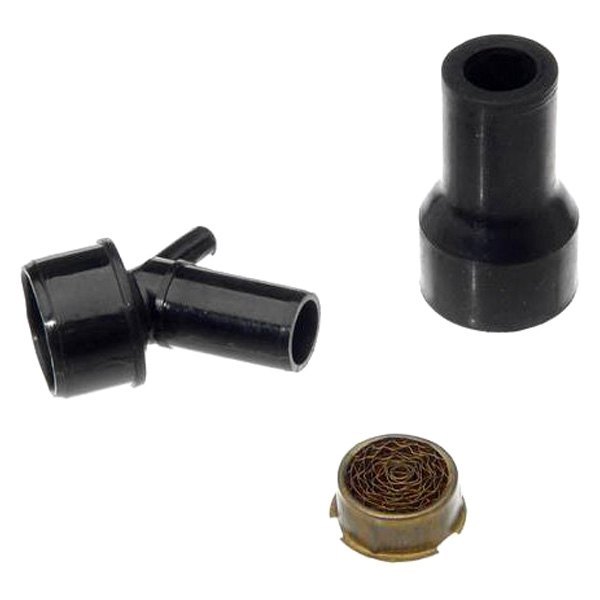greatestntm
New member
- Joined
- Aug 28, 2018
- Location
- France
Hi everyone,
In January, I did some work on my car and some of the modifications I did were a set of redblockpowered chips and a Yoshifab catch can.
I used the car mostly for city driving for a while like this with no real problem.
But a couple of days ago I was on a going on vaccation with my car which is a 1996 940 with a B230FK. The drive was about 8 hours of highway and in the middle of my journey I noticed that the engine was puking oil from the oil cap.
At this point my PCV setup was a yoshifab catchcan only routed with the stock block vent and return and the top port that goes to the air intake right before the turbo.
About 2 hours before I was supposed to arrive, the oil filler cap popped eventough it was tight and all of my engine oil leaked everywhere in my engine bay.
I found some oil and filled it back up and also installed my yoshifab vented oil cap that was actually in my trunk.
Even with the new cap, oil still found it's way trough the seal.
After I arrived to my destination, I did a proper oil change and cleaned everything up but the oil cap still leaks eventhough I tried with 2 different gaskets.
Do you guys have any idea of what might be the source of my problem?
Also, is it normal that even turned all the way closed the Yoshifab oil cap feels way loser than the stock cap?
In January, I did some work on my car and some of the modifications I did were a set of redblockpowered chips and a Yoshifab catch can.
I used the car mostly for city driving for a while like this with no real problem.
But a couple of days ago I was on a going on vaccation with my car which is a 1996 940 with a B230FK. The drive was about 8 hours of highway and in the middle of my journey I noticed that the engine was puking oil from the oil cap.
At this point my PCV setup was a yoshifab catchcan only routed with the stock block vent and return and the top port that goes to the air intake right before the turbo.
About 2 hours before I was supposed to arrive, the oil filler cap popped eventough it was tight and all of my engine oil leaked everywhere in my engine bay.
I found some oil and filled it back up and also installed my yoshifab vented oil cap that was actually in my trunk.
Even with the new cap, oil still found it's way trough the seal.
After I arrived to my destination, I did a proper oil change and cleaned everything up but the oil cap still leaks eventhough I tried with 2 different gaskets.
Do you guys have any idea of what might be the source of my problem?
Also, is it normal that even turned all the way closed the Yoshifab oil cap feels way loser than the stock cap?



